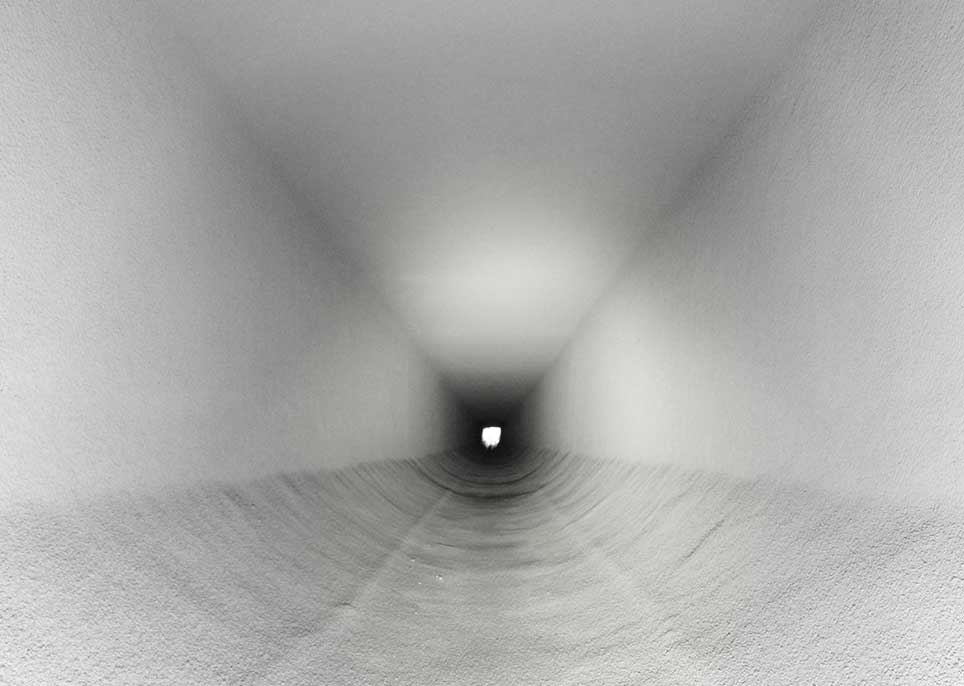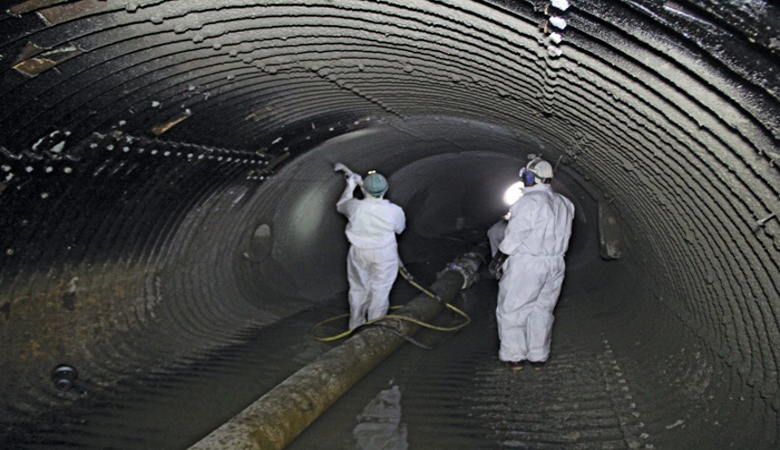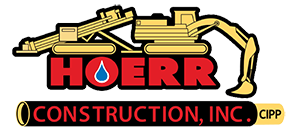

What Is a Geopolymer?
Geopolymers are amorphous three-dimensional alumina-silicate binder materials. In
the 1970s, Joseph Davidovits discovered that under the right set of conditions these
components could fully react with one another to form an extended polymeric
network. Geopolymer mortar has a chemical structure like a natural stone – similar to
zeolites or quartz.
Geopolymer As a Lining Material
Geopolymer mortar has the look and feel of most standard cements. The
geopolymer powder containing pozzolans is mixed directly with water that results in
a fiber reinforced. Compressive, tensile, and flexural properties of geopolymer
mortar have been engineered to exceed those of a standard cement while
maintaining an ultra-low porosity and high self-bonding that eliminates cold joints. It
continues to react with itself for decades, building additional strength and enhancing its service life expectancy.
Engineered and Accepted
With a high flexural strength designed to reach 1500 psi at 28 days (ASTM C78), and
NSF 61 and WRAS certifications, geopolymer mortar has been recognized and accepted as a fully structural pipe rehabilitation solution for many municipalities,
Counties, and State Departments of Transportation.
The Solution is Hoerr.
Our holistic approach to sewer rehabilitation includes Geopolymer applications for
large diameter culverts and sewer pipes. It is effective on various pipe materials:
corrugated metal, concrete, and bricks/blocks. Geopolymer mortar can be applied
with precision to odd shapes and sizes as Hoerr’s experienced applicators employ
multiple techniques including pouring, troweling, spraying, and centrifugal/spin
casting while maintaining a minimal installation footprint.
Benefits of Using
Geopolymer for Rehab:
• Fully Structural Solution
• Trenchless Technology
• Quality Controlled Application Process
• Minimal Installation Footprint
Related Services provided by Hoerr Construction:
• Clean / CCTV Inspections
• I & I Control
• Storm Culverts
• CIPP
